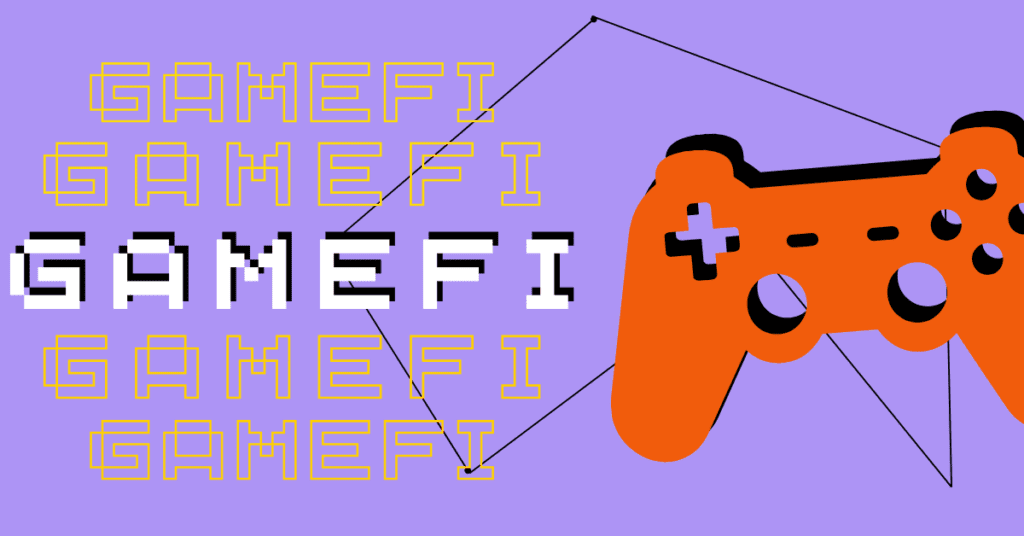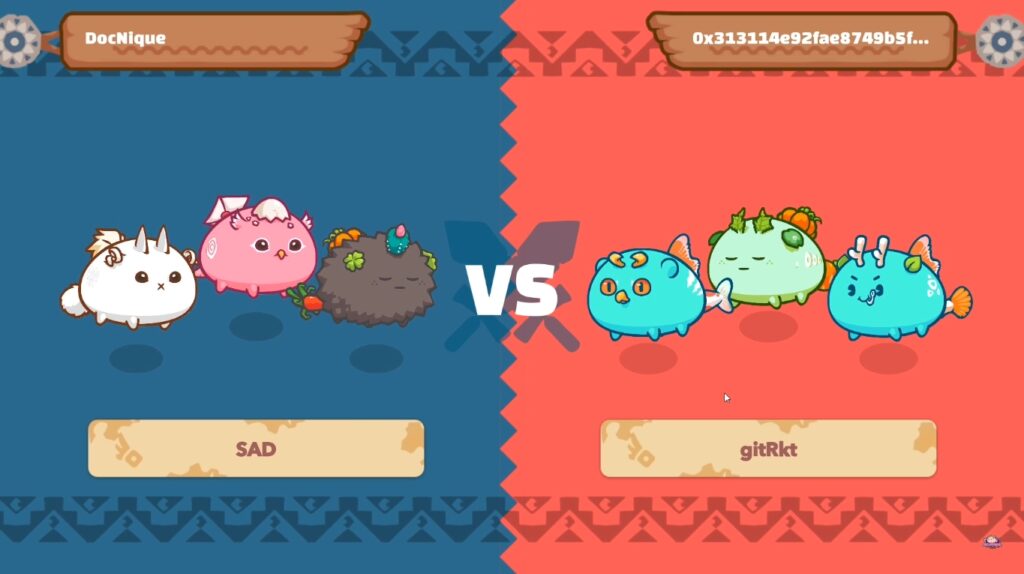In recent years, the convergence of finance and entertainment has given rise to a new paradigm in the gaming industry known as GameFi. This innovative sector combines gaming mechanics with decentralized finance (DeFi) principles, creating immersive experiences that not only entertain but also provide players with financial incentives. GameFi represents a significant shift in how games are developed, monetized, and played, offering players the opportunity to earn real-world value through their in-game activities. This article delves into the intricacies of GameFi, exploring its mechanics, real-world applications, and the implications for the future of gaming.

Understanding GameFi: The Intersection of Gaming and Finance
GameFi, a portmanteau of “game” and “finance,” refers to a category of blockchain-based games that integrate financial elements into their gameplay. These games often utilize non-fungible tokens (NFTs) and cryptocurrencies, allowing players to earn, trade, and invest in digital assets. The underlying technology of blockchain ensures transparency, security, and ownership of in-game items, which can be bought, sold, or traded on various marketplaces.
The Mechanics of GameFi
At its core, GameFi operates on several key principles:
- Play-to-Earn (P2E): Unlike traditional gaming models where players pay to play, GameFi introduces a P2E model. Players can earn tokens or NFTs by completing tasks, winning battles, or participating in the game’s economy. For instance, Axie Infinity, one of the most successful GameFi projects, allows players to earn Smooth Love Potion (SLP) tokens by battling creatures called Axies.
- Decentralized Ownership: GameFi leverages blockchain technology to provide players with true ownership of their in-game assets. This means that players can trade or sell their NFTs on secondary markets, creating a real-world value for their digital possessions.
- Staking and Yield Farming: Many GameFi platforms incorporate DeFi elements such as staking and yield farming. Players can stake their tokens to earn rewards or participate in liquidity pools, further enhancing their earning potential.
Real-World Examples of GameFi Success
Several GameFi projects have gained significant traction, demonstrating the viability of this model:
Axie Infinity
Launched in 2018, Axie Infinity has become a flagship example of GameFi. The game allows players to breed, battle, and trade digital pets called Axies, each represented as an NFT. As of October 2023, Axie Infinity has over 2 million daily active users and has generated more than $4 billion in total sales (Source: DappRadar, October 2023). The game’s economy is driven by its native tokens, AXS and SLP, which players earn through gameplay and can trade on various exchanges.

A GameFi success, Axie Infinity enables NFT pet battles.
Decentraland
Decentraland is a virtual reality platform that allows users to create, experience, and monetize content and applications. Users can purchase virtual land using the MANA cryptocurrency, which can appreciate in value based on demand. As of October 2023, Decentraland’s virtual land sales have exceeded $100 million, showcasing the potential for real estate investment in digital worlds (Source: NonFungible.com, October 2023).
The Sandbox
The Sandbox is another prominent GameFi platform that enables users to create, own, and monetize their gaming experiences. Players can design games and assets using the platform’s tools and sell them as NFTs. The Sandbox has attracted partnerships with major brands, including Atari and Snoop Dogg, further legitimizing the GameFi space. As of October 2023, The Sandbox has raised over $93 million in funding, indicating strong investor confidence in the future of GameFi (Source: The Sandbox, October 2023).
Challenges and Considerations in GameFi
While GameFi presents exciting opportunities, it also faces several challenges:
Regulatory Concerns
The integration of finance into gaming raises regulatory questions. Governments worldwide are grappling with how to classify and regulate cryptocurrencies and NFTs. For instance, the U.S. Securities and Exchange Commission (SEC) has been scrutinizing various GameFi projects to determine whether they fall under securities regulations. This uncertainty can hinder innovation and deter potential investors.
Market Volatility
The cryptocurrency market is notoriously volatile, which can impact the stability of GameFi economies. Players may experience significant fluctuations in the value of their in-game assets, leading to potential losses. For example, the price of SLP in Axie Infinity has seen dramatic swings, affecting players’ earnings and overall engagement with the game.
Environmental Concerns
Blockchain technology, particularly proof-of-work systems, has faced criticism for its environmental impact. The energy consumption associated with mining cryptocurrencies can be substantial. As the gaming industry increasingly adopts blockchain, it must address these concerns by exploring more sustainable alternatives, such as proof-of-stake mechanisms.
The Future of GameFi
The future of GameFi looks promising, with several trends shaping its evolution:
Increased Interoperability
As the GameFi ecosystem matures, interoperability between different games and platforms will become crucial. Players will expect to transfer their assets seamlessly across various games, enhancing the overall user experience. Projects like Polkadot and Cosmos are working towards creating a more interconnected blockchain environment, which could facilitate this interoperability.
Enhanced User Experience
To attract a broader audience, GameFi projects must prioritize user experience. This includes simplifying the onboarding process for new players unfamiliar with blockchain technology. Initiatives such as wallet-less gaming and user-friendly interfaces will be essential in making GameFi accessible to a wider demographic.
Integration of Traditional Gaming Elements
GameFi will likely incorporate more traditional gaming elements, such as storytelling and character development, to enhance player engagement. By blending these elements with financial incentives, developers can create more immersive experiences that resonate with both casual and hardcore gamers.
Key Takeaways
GameFi represents a revolutionary shift in the gaming industry, merging finance and entertainment in unprecedented ways. By leveraging blockchain technology, GameFi projects offer players the opportunity to earn real-world value through their in-game activities. However, challenges such as regulatory scrutiny, market volatility, and environmental concerns must be addressed for the sector to thrive. As the industry evolves, increased interoperability, enhanced user experiences, and the integration of traditional gaming elements will shape the future of GameFi.
In summary, GameFi is not just a trend; it is a transformative movement that has the potential to redefine how we perceive gaming and finance. As developers continue to innovate and adapt to the changing landscape, the possibilities for growth and engagement in digital worlds are limitless.

